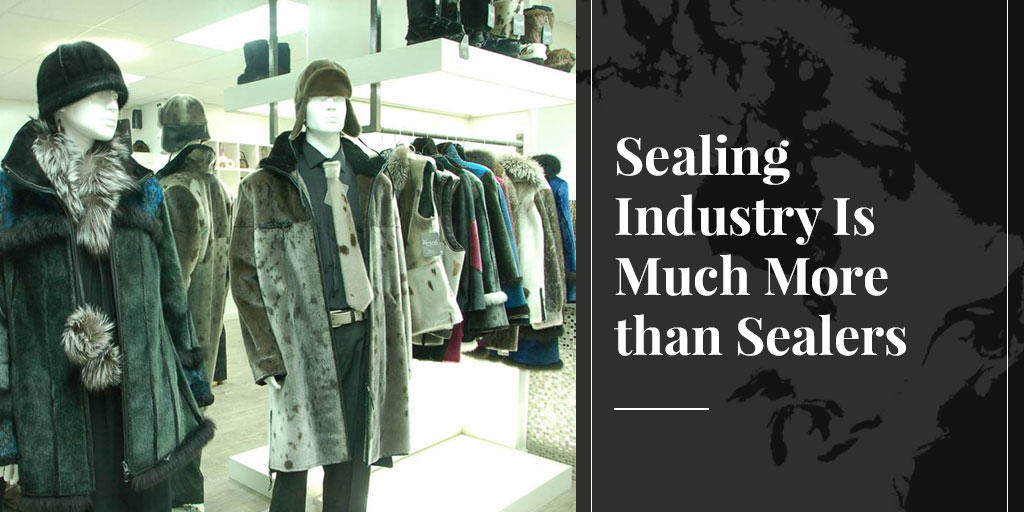
The sealing industry, like most industries, employs many more people than simply the primary producers. The same can be said for the fur industry in all its aspects. The hunting and trapping industries are no different, nor are the industries that raise cattle, pigs, lamb, sheep or any other animal utilized by humans for food or other products. The saying “no man is an island” applies also to industries.
While sealers are the primary producers in the sealing industry, by no means are they the only economic participants. Economists measuring the value of an industry take into consideration all those whose economic activities are dependent on, and contribute to, the work of the primary producers. This is usually referred to as “spin-off economic benefits”. It makes up the total value of an industry.
The same kind of economic analysis applies to all the industries mentioned above. A cattle ranch, for example, does not operate in a vacuum. It is dependent on many others, and in turn provides income for those who interact with it ranging from the ranch hands to the grocery stores to the furniture or clothing stores who sell the various products a cattle ranch provides. In fact there is a complete chain of people whose contributions and earnings make it possible for any primary producer to survive. Hunting, trapping, fur farming and so on – it is all the same. It is people earning a living.
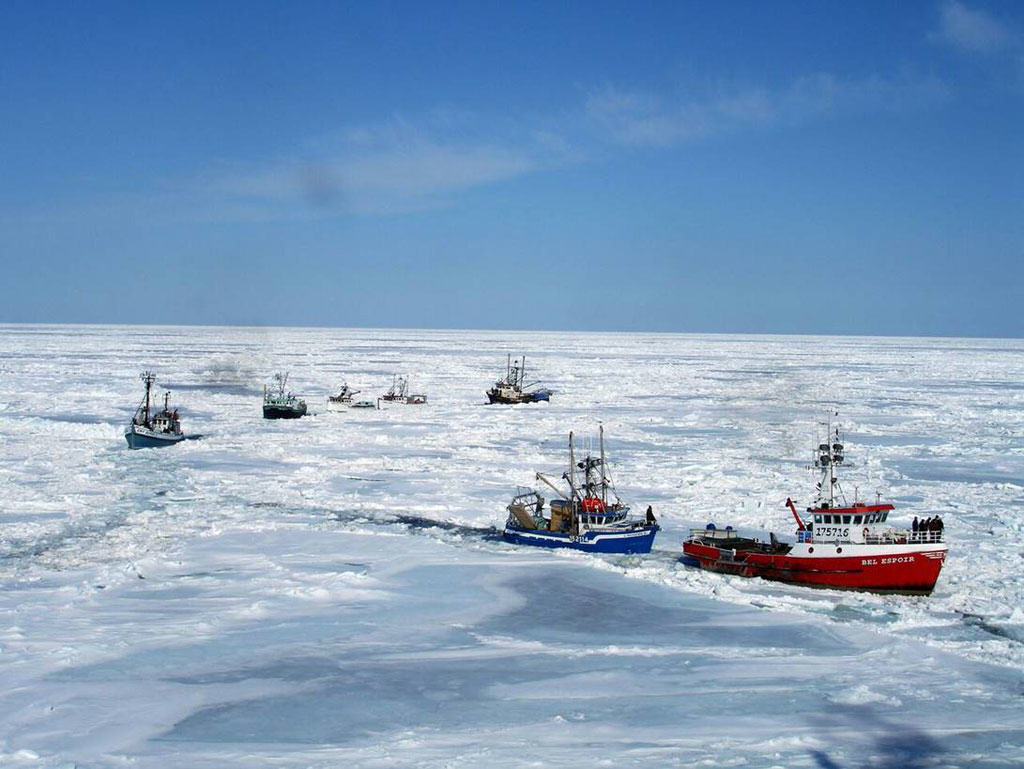
Harp seals off the Canadian east coast number about 7.5 million animals and are not now nor have ever been placed on any reputable list of endangered or even threatened species. The same applies to other seal species hunted by Canadians.
There are many thousand, mostly rural, Canadians (Americans, British and Europeans) who are dependent on sealers, hunters, trappers, ranchers and others mentioned for parts of their income. Rural people rarely have “salaries” so their income is dependent on bits and pieces of work much of which comes from primary producers who raise animals for slaughter or kill them personally. The work of these people enables the primary producers to operate their enterprises and provide the others in the chain with an essential part of their livelihood. It is a circle of interdependence.
Parts of the income of these people are threatened by attacks on the sealing industry which is the primary target of the animal rights corporations. But sealing is not the only target. Sealing is merely the main target – a prime fundraising source for these multi-million-dollar American-headquartered corporations. Their goal is the elimination of human use of all animals for any purpose. Attacks on sealing are the driving fundraiser to facilitate attacks on the fur industry, hunters, trappers, ranchers and farmers who raise animals for food and other products. The end result, if these animal rights corporations are successful, will be the elimination of work for all people in all these industries.
Who are these people whose work enables the primary producer to operate successfully?
Sealing Industry: A Cross Section of Society
In the sealing industry they are the people who sell fuel, groceries, insurance (both personal and vessel), rifles and ammunition – sealers shoot about 99% of the seals they kill – and tools of the trade to sealers who go to sea under adverse conditions. Not to mention shipyard workers who repair damaged sealing vessels. For other primary animal-based industries, the people involved may do the same and other things, but the principle is the same.
They are truckers who transport seals from landing ports to the plants and buy gas and food in the process. Furs, cattle, pigs, lamb, sheep and other animals also have be transported from one place to another by truckers.
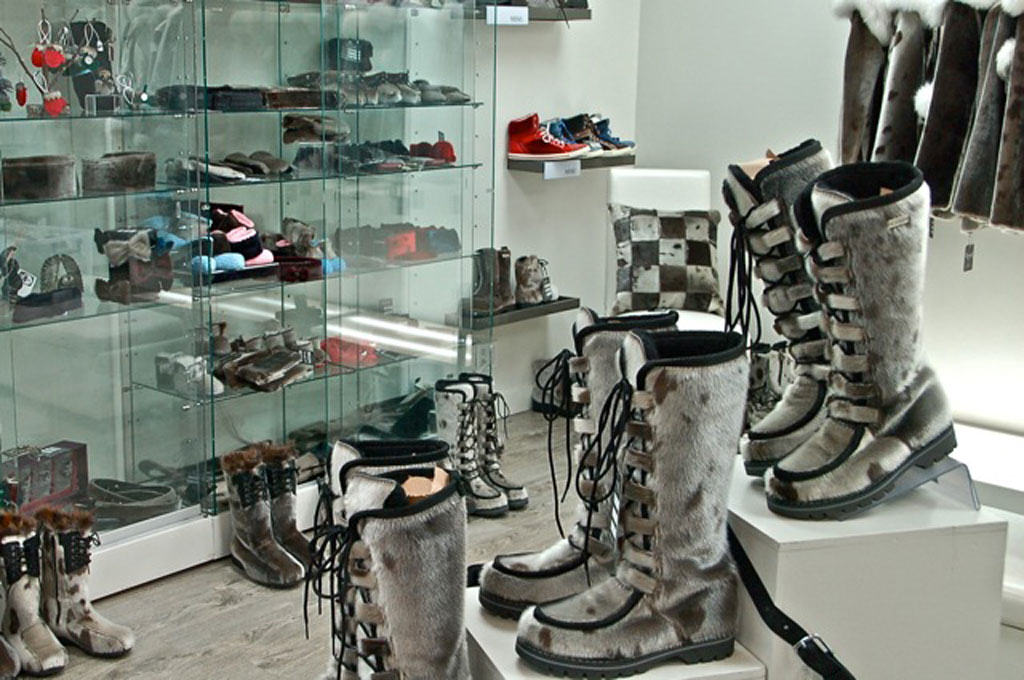
They are the plant workers who process the seal pelts (hides) and the plant owners who sell the resulting skins and oil – oil which other plant workers in other places turn into omega3 capsules. The other industries discussed also need primary plant workers and a complete chain of people supplying the trades needed to make their products available to the market.
They are the people who create things. They are clothing manufacturers who produce coats, boots, shoes, hats, gloves, slippers, purses, ties, wraps, etc. They are makers of sofas, chairs, saddles, automobile seat and steering wheel coverings, and so on and so on. All this from the pelts they buy and transform into products for sale to the general public. Seals or cows or pigs or lambs or sheep, the same process applies.
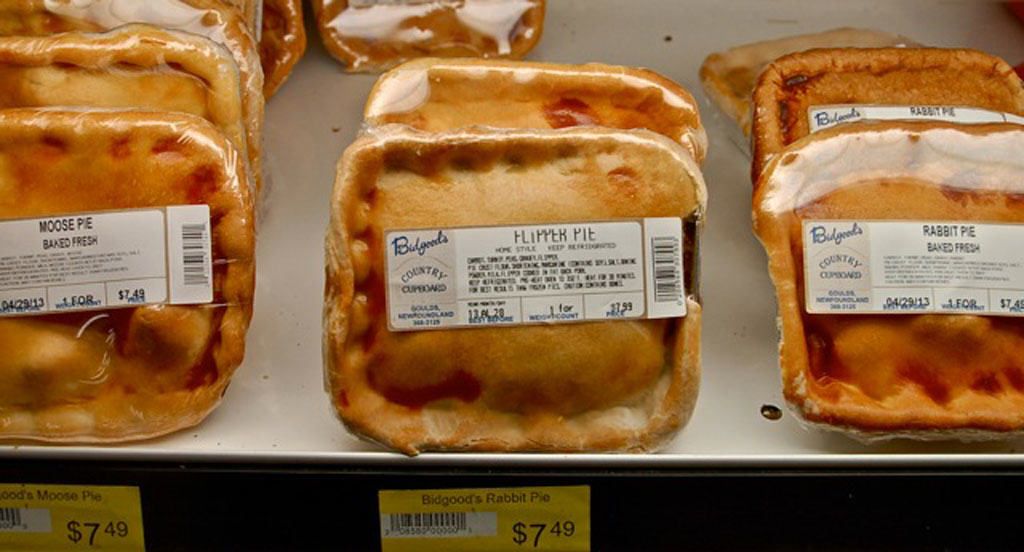
They are food processors, food trucks, grocery stores, caterers and restaurants who sell seal meat they have purchased from sealers or plants; or other meats obtained from other animals bought from other sources.
They are artists and artisans who create products from seal pelts and a wide variety of other animal hides and sell them through galleries, wholesalers, retailers, or directly to customers.
In short, they are a cross section of society. They are men and women with a common dependence on the activities of the sealers and all animal-based primary producers for portions of their annual income.
They are men and women working to provide food and necessities for their families.
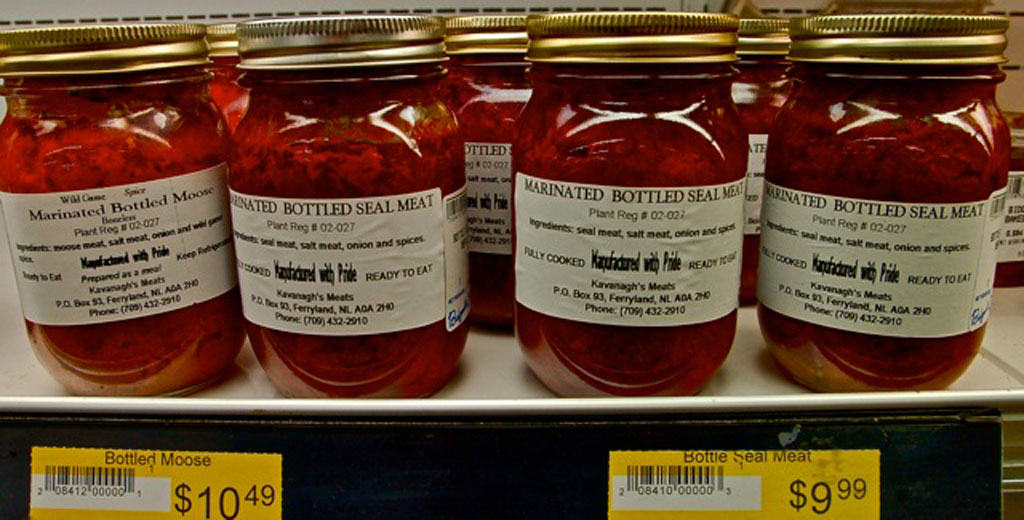
Inuit Reject EU “Exemption”
Anti-sealing propaganda, anti-fur propaganda, is an insidious thing and unless countered by a critical press and politicians asking hard questions, it will continue as long as it is profitable. Animal rights corporations have hundreds of millions of dollars so it is little wonder they have politicians to do their bidding. It is little wonder that media, starved for copy, are in their pockets as nothing sells like “cute” animal stories.
It is time for politicians and media to remember the immortal line of Pogo: I have met the enemy and he is us.
Anti-sealing, anti-fur, anti-animal-usage corporations constantly make pious, politically correct statements that they are not against sealing or other forms of hunting by indigenous peoples. However, Inuit organisations – including the Inuit Circumpolar Conference – have rejected the EU “exemption” on their seal products as being economically meaningless, paternalistic, and colonialistic.
The recent World Trade Organisation (WTO) enquiry found that the EU “seal ban” was illegal, but to protect the so-called “morals” of EU citizens, the ban would stand. An interesting decision given that many countries within the EU legally kill seals as do Americans and Russians. They both also ban Canadian seal products. Of course they all also kill all the other species Canadians kill. Hypocrisy reigns supreme.
SEE ALSO: EU SEALING POLICY IS HYPOCRITICAL, ANTI-DEMOCRATIC
When the WTO uses questionable “moral standards” based on propaganda as a basis for upholding individual state bans they have declared to be illegal, all importers and exporters of all products based on animal killing should be worried. Today’s bans are on seal products, but tomorrow’s will be on what? Products derived from cows, pigs, lamb, muskrat, mink, wolverine, beaver, etc.? Sealers are today’s victims. Tomorrow’s could be you.
Canadian sealers, Canadian furriers, Canadians in all animal-killing industries simply want all citizens of all countries to have their democratic right to choose for themselves to use, or not to use, animal-based products, and not have that right denied by bought politicians.
History proves that when propaganda triumphs, democracy loses.
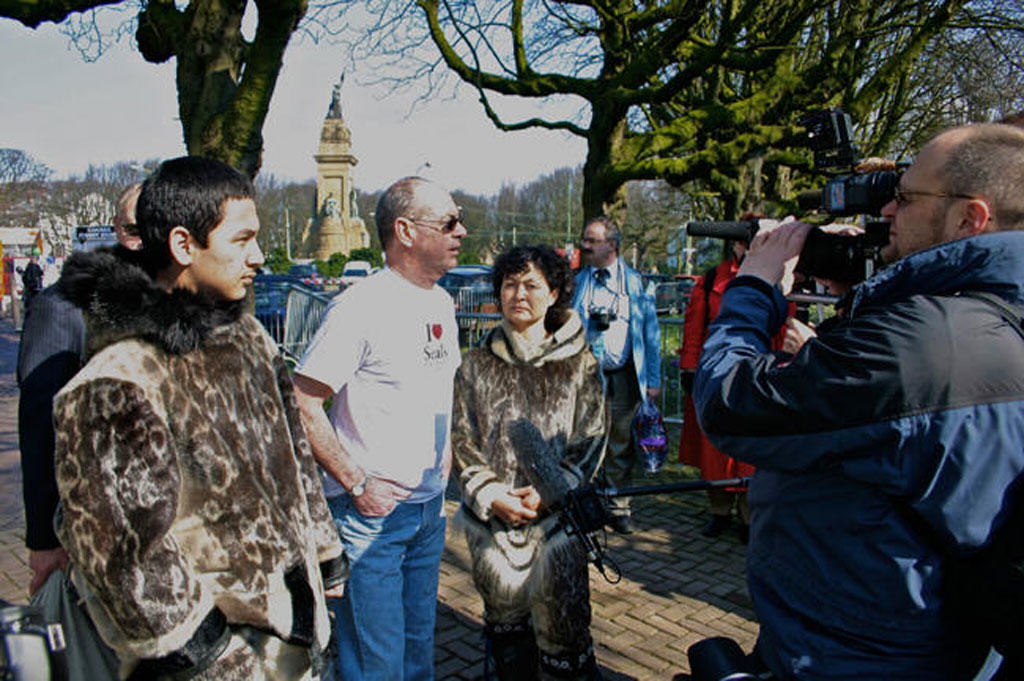
Attacking the sealing industry or any of the other animal-based primary producers is attacking all of the people involved in the chain.
When scientifically established quotas ensure the stability or growth of a species’ population; when laws, licensing and training ensure humane killing; when there is no question of a population being either endangered or threatened; when markets are viable and ensure an income to the workers; the only possible objection can be an “animal rights belief” – a belief held by less the two percent of Western society. Sadly, animal rights advocates and their celebrity friends “own” both the media and international politicians, and the result is a huge threat to the livelihoods of many thousands of Canadians, Americans and other rural peoples.
Unless you take George Orwell’s Animal Farm literally, no species is more equal than the others. There is no “Aryan” species. No industry is an island. It is more like a continent.
The sealing industry is a continent populated by citizens victimized by propaganda and political correctness as expressed by the one per-center celebrities in the thrall of the animal rights corporations.
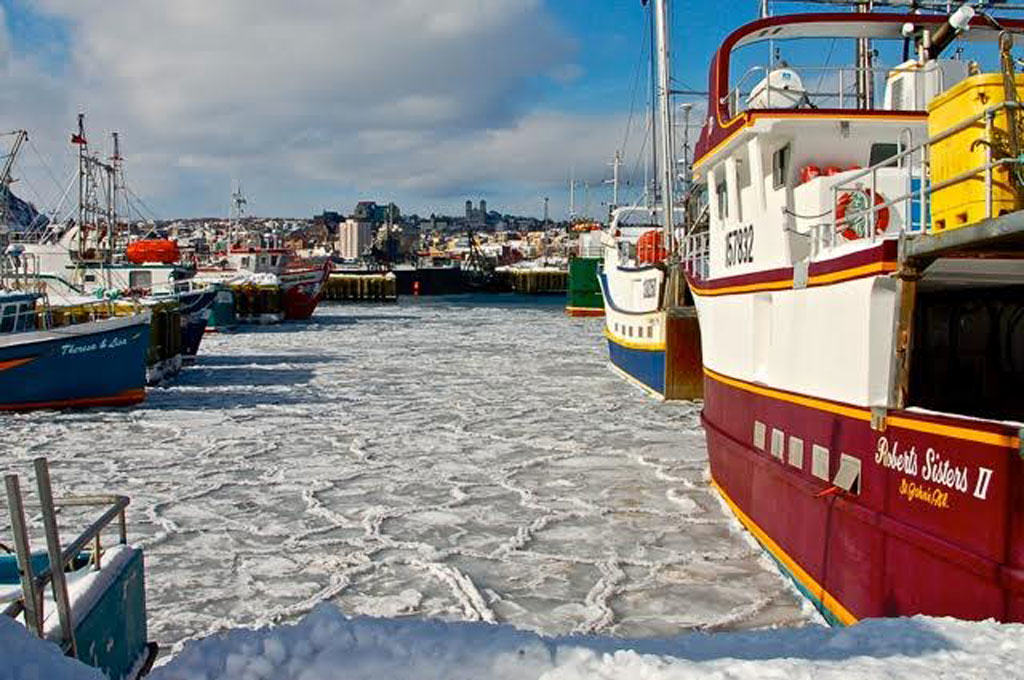











You’re disgusting. Interdependence sounds like humanity’s egotistic point of view and vantage point; we are over populated – so why doesn’t someone harvest us? Wear our skin? Make jewelry out of our teeth – forcibly inseminate female humans in order to produce sustenance, keeping us from our offspring – gas chamber- executions for convenience and commercial profit… because we were special. With no regard to living thing, you want the perspective to be all about human life. Well. I hope what goes around comes around — maybe you’ll have a different argument when those are boots made from tour hide and you were slaughtered at home, out of desire for fashion or the stop n shop dinner; there’s no food chain when the human ego is involved: wise up.